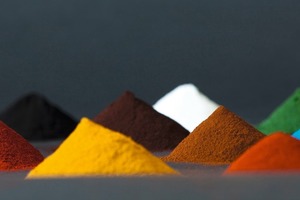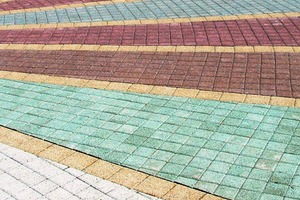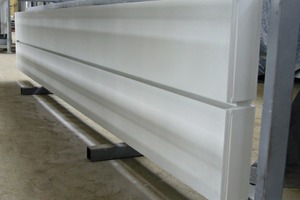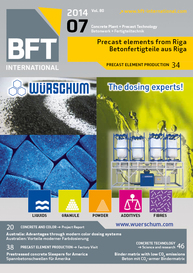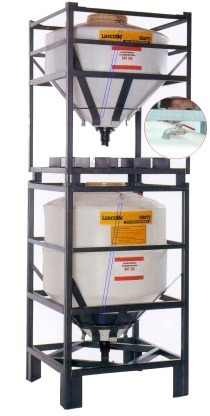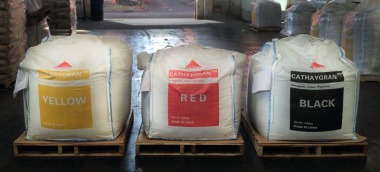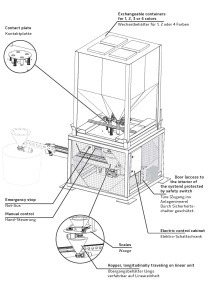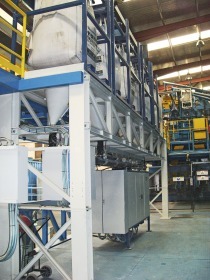A comparison of color pigments in different forms
A wide variety of different pigment forms such as powder, liquid or granules is available in the market for the coloring of concrete. The following article gives an overview on the properties of the same.
In the last few years, it has become more and more popular to color concrete integrally by means of pigments. Their quality is of great importance for this purpose. Years of studies on colored concrete products have revealed that inorganic oxide pigments have particularly good fastness properties. Apart from titanium dioxide (white pigment), chromium (III) oxide (green pigment) and cobalt aluminum oxide (blue pigment), iron oxides (red, yellow, black pigments) are primarily used. They are not only insoluble in water and diluted acids but also resistant to lime and alkali and withstand any...

